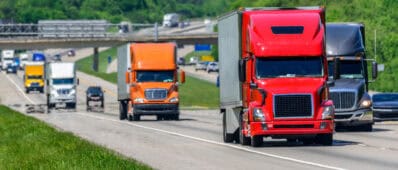Abstract
Class 2b-3 vehicles, bridging the gap between light-duty and heavy-duty trucks, represent a critical yet underexplored segment in California’s decarbonization efforts. These medium-duty vehicles, weighing 8,501-14,000 lbs., play diverse roles across personal and commercial sectors but remain behind in electrification compared to other vehicle classes. This study provides a comprehensive assessment of Class 2b-3 vehicle ownership, usage patterns, and electrification potential in California, leveraging county-level registration data, household and commercial vehicle surveys, and qualitative interviews. Findings reveal significant geographic, socio-economic, and operational disparities: rural and lower-income counties exhibit higher concentrations of Class 2b-3 vehicles, while electric vehicle (EV) adoption – driven mainly by lighter vehicle classes – remains concentrated in urban, high income areas. Commercial vehicles in this class demonstrate higher mileage and lower fuel efficiency than standard commercial vehicles, amplifying their emissions impact. Despite these challenges, policy initiatives such as California’s Hybrid and Zero-Emission Truck and Bus Voucher Incentive Project (HVIP) and emerging vehicle technologies signal pathways for electrification. However, barriers persist, including high upfront costs, range requirements, and infrastructure gaps. The study indicates that targeted interventions, especially in rural areas, and flexible technology solutions are essential to accelerate electrification and ensure equitable clean transportation access across California.
